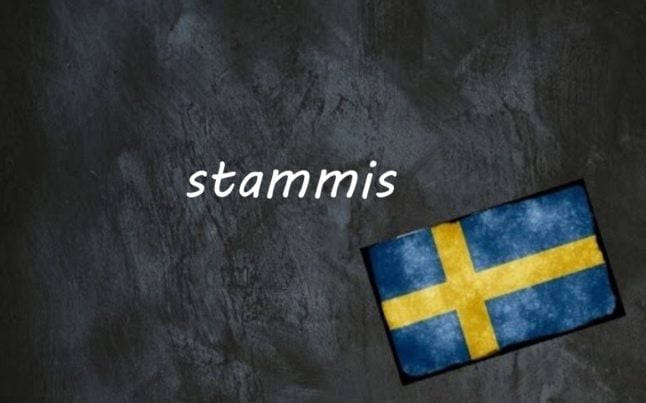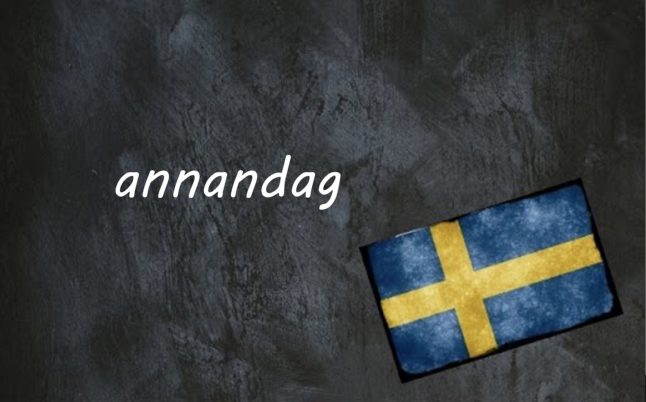Stammis means “regular”, in the sense of being a regular guest or customer at a certain establishment.
You would most often hear it used in reference to bars, restaurants or cafés, but it also makes sense if you’re talking about another kind of shop or service, such as a hairdresser, bookshop, or really anything else you use regularly, and it can also be translated as “loyal customer”.
The transfer of money is not a requirement, so you can be a stammis på biblioteket (a regular at the library) or a stammis på forumet (a regular on the online forum).
It’s a noun, so you could say something like jag är stammis på baren (I’m a regular at the bar) or här är han stammis (he’s a regular here).
Stammis comes from the compound nouns stamkund (regular customer) or stamgäst (regular guest) but those two words sound much more formal than the colloquial stammis with the typical -is ending that pops up in a lot of Swedish slang words.
-
Don’t miss any of our Swedish words and expressions of the day by downloading our new app (available on Apple and Android) and then selecting the Swedish Word of the Day in your Notification options via the User button.
Stam itself is a noun, which can refer to the trunk of a tree and can also mean “tribe/clan/family”, so the idea is that if you’re a stamkund, you’re a customer who’s almost part of the family.
Usually, you would say that stammis isn’t a formal label; it’s more about feeling a sense of attachment to the location and perhaps building up a relationship with the staff, but at some places there’s a formal scheme so that you can sign up as a stammis in order to get discounts and special offers.
This might be by signing up to a loyalty card (bonuskort) or paying a membership fee that is worthwhile for frequent customers.
Examples
De flesta av våra kunder är stammisar
Most of our customers are regulars
Jag känner mig som stammis här och det är så mysigt
I feel like a regular here and it’s so nice
Villa, Volvo, Vovve: The Local’s Word Guide to Swedish Life, written by The Local’s journalists, is available to order. Head to lysforlag.com/vvv to read more about it. It is also possible to buy your copy from Amazon US, Amazon UK, Bokus or Adlibris.



 Please whitelist us to continue reading.
Please whitelist us to continue reading.
The word is, or was when I lived in Sweden, “stammkund”. I can’t see what “abbreviating” (still two syllables) it achieves. I would describe such Swedish usage as “slarvig” (your next word of the day).